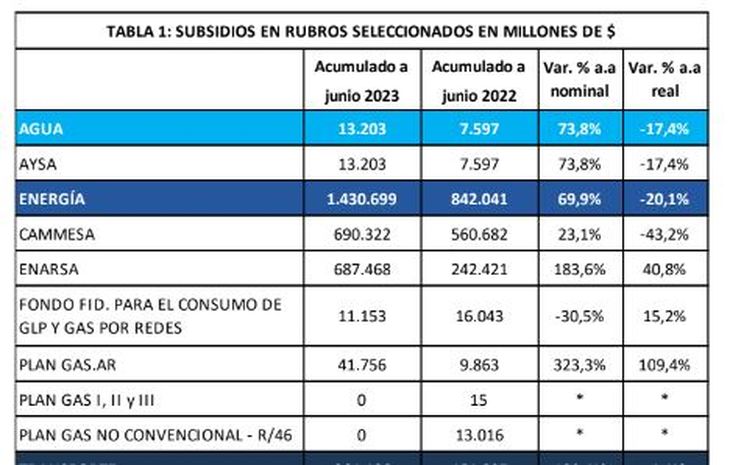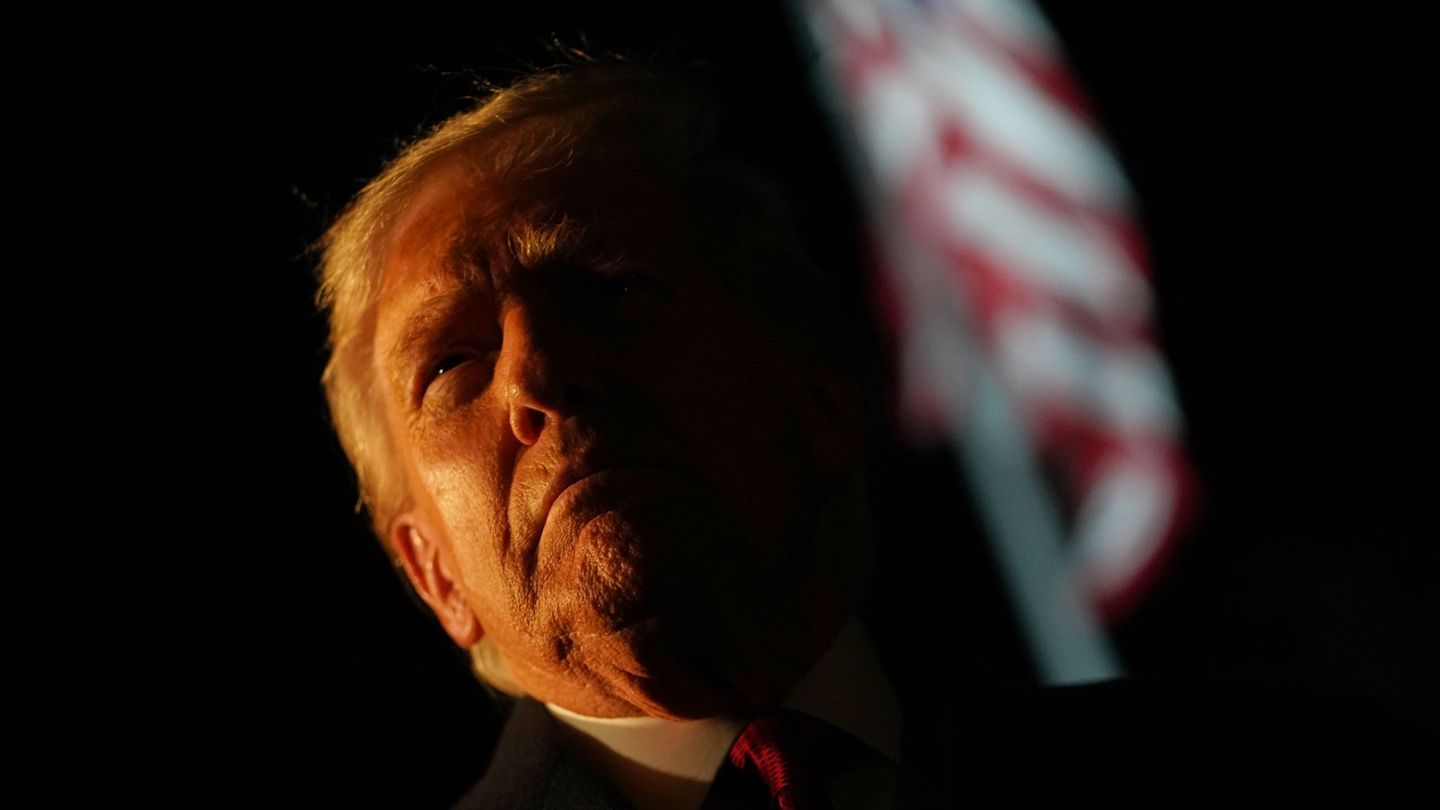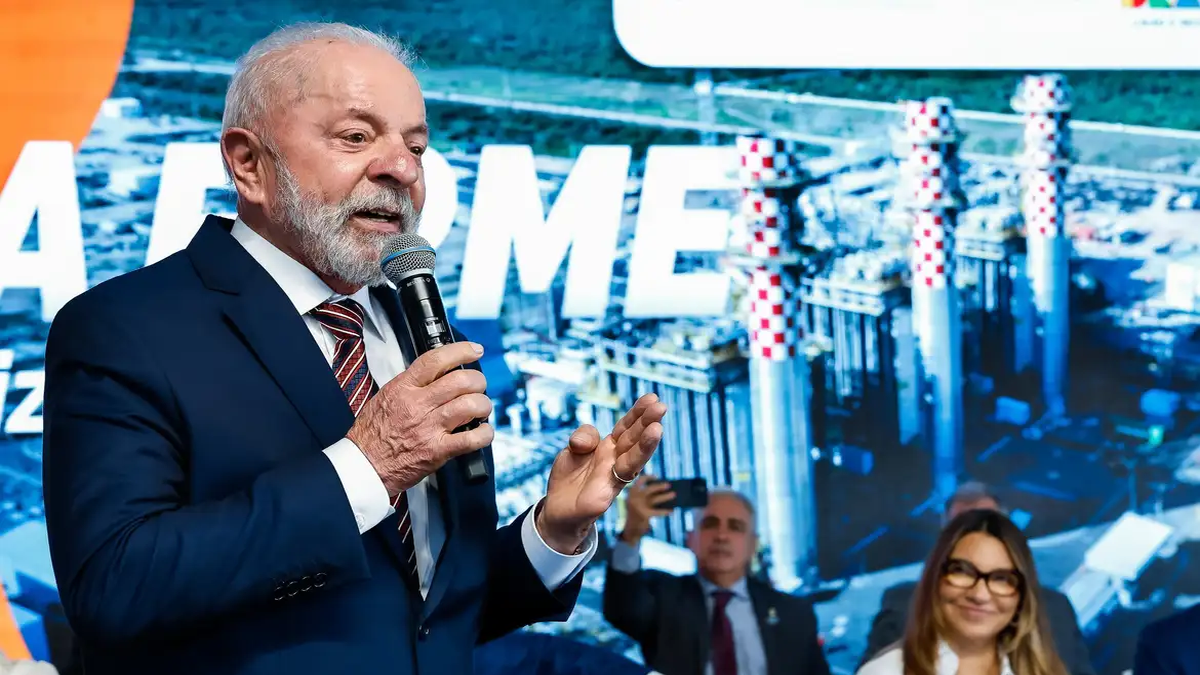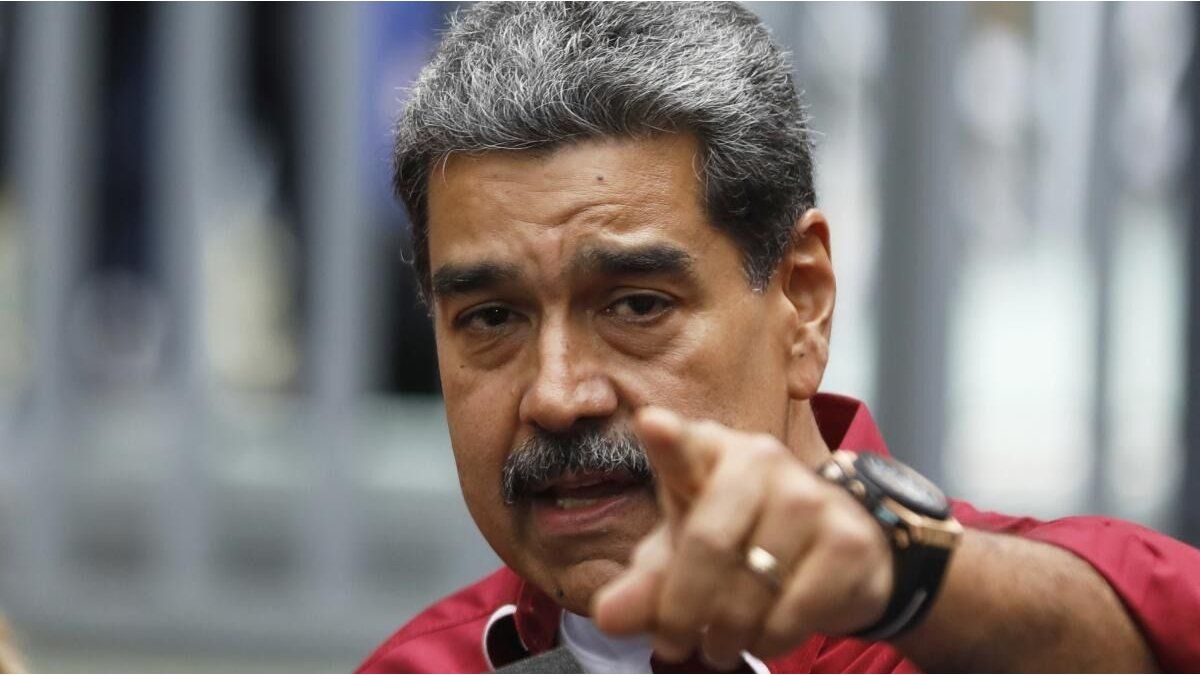From the dissemination of electricity bills, the Secretary of Energy, Flavia Royon, reported the evolution of the increases. Until June 2022, all users were subsidized, while in September last year, when Minister Sergio Massa took office, segmentation was applied, which meant that higher-income users had their subsidy withdrawn in May of this year. anus.
This is the area called “level 1”that had increases in your bill between September 22 and August 23 from 371%. It is about 31% of the users, who can be households with income greater than $813,494, or who did not register for the subsidies, by decision or ignorance. Level 3, medium income, represents 19% of users and had bill increases of 86% in the same period. Level 2, people with lower incomes, represent 50% of the users and had an increase in their bills of 68%.
In the same period, inflation exceeded 100%, so in real terms the increase was 93% for N1, but almost 70% of users had increases less than inflation, Royón spread on his social networks. In an example of an Edenor invoice for a consumption of 300 kWh/month, the N3 had a real variation of -14%, and the N3 of -22%. “While there may be invoices with rates high compared to September 2022, the common households included in N2 and N3 do not present similar increases in their bills ”, reported Royón, and shared the registry of access to energy subsidies (RASE) that is still open.
subse.JPG
The removal of the subsidies for a third of residential users it had an impact on public accounts. In the first half of this year, energy subsidies were $842,041 million, an interannual increase of 69.9%, but if inflation is taken into account, they fell 20.1% in real terms. This is clear from the report carried out by the Observatory of tariffs and subsidies of the IIEP (UBA-Conicet) for July 2023.
However, the application of segmentation also meant strong differences according to income levels. While the “N1”, with higher incomes, pay 100% of the cost with their rate, in the case of average incomes, the “N3” cover 16% of the cost of energy, and in the case of lower-income families, the “N2” cover 13%.
“This occurs because the price of energy paid by these users in the last 12 months has not been updated. In the wholesale market, the cost per MWh is updated based on the evolution of the cost of generation. For the N1, it began to gradually reach 100% in August 2022. But for the N2 and N3, that did not happen, they pay the same price, while costs increased +80%”, explained Julián Rojo, an economist specialized in energy. For N2 and N3, which represent 70% of residential users, the increase was for the service distribution value.
energy subsidies.JPG

For this reason, despite the collapse in revenue that the drought implied, the IMF maintains the fiscal deficit target of 1.9% of GDP, and to achieve it, they continue to target energy subsidies. In its latest statement, the IMF indicated: “On the spending side, efforts are still needed to update energy tariffs, to better reflect changes in production costs, while improving the progressivity of the system.”
Along the same lines, in JxC’s plans to reach a zero deficit in the first year, one of the items will be the elimination of subsidies. However, they anticipate that they will maintain the subsidies to lower-income households, but they have not yet defined whether they will do so with segmentation, directly or with a social rate.
Ambit consulted the Ministry of Energy if new increases are planned for 2023. As they commented, public hearings for electricity could begin as of October, so if a new increase is defined, it will only be done at the end of the year.
Source: Ambito




